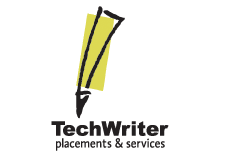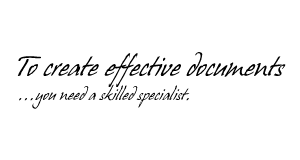


Portfolio Pointers
You should bring a portfolio of your work to any interview and be prepared to talk about it. You don't need to leave copies with the interviewer, you just need to have something to show.
What to include in your portfolio
- 3 or more samples of work. Samples similar to the type of documents that are required for the role you're seeking are the best.
- Work produced during the last three years. Older samples are fine for demonstrating the diversity of your skills, but you need to show that your experience is current.
- Documents created in different tools and for different media. You can provide an electronic copy or print some screen captures.
- Documents that demonstrate you have written for different purposes and audiences.
- Documents that display your layout and design skills.
What to do if you don't have any work samples
If maintaining client confidentiality is a problem see if you can:
- Use parts of the document that don't contain confidential information
- Use the original document as a base and then replace all confidential terms with either a generic term or name for example Product X.
- Write another document that is similar to the confidential one that you can use as a demo.
If you are just starting out and don't have much commercial experience, have a shot at some examples.
- Volunteer to write a newsletter or website for a non-profit organisation. This also looks very good on your resume.
- Offer to write or rewrite the documentation for some struggling developer's freeware.
- Include examples of documents written during your studies.
- Write instructions for something you do often, like setting your alarm clock.
It doesn't matter that nobody's paid you to write for them. What matters is that your future employer--or agent!--can see that you write well.
A good agent, like TechWriter, will give you constructive feedback on your work.
PO Box 1589, North Sydney NSW 2059, Australia | ABN 18 094 314 637
tel 1300 788 716 | email info@techwriter.com.au
© 2007-2015 TechWriter

 Candidate Services
Candidate Services